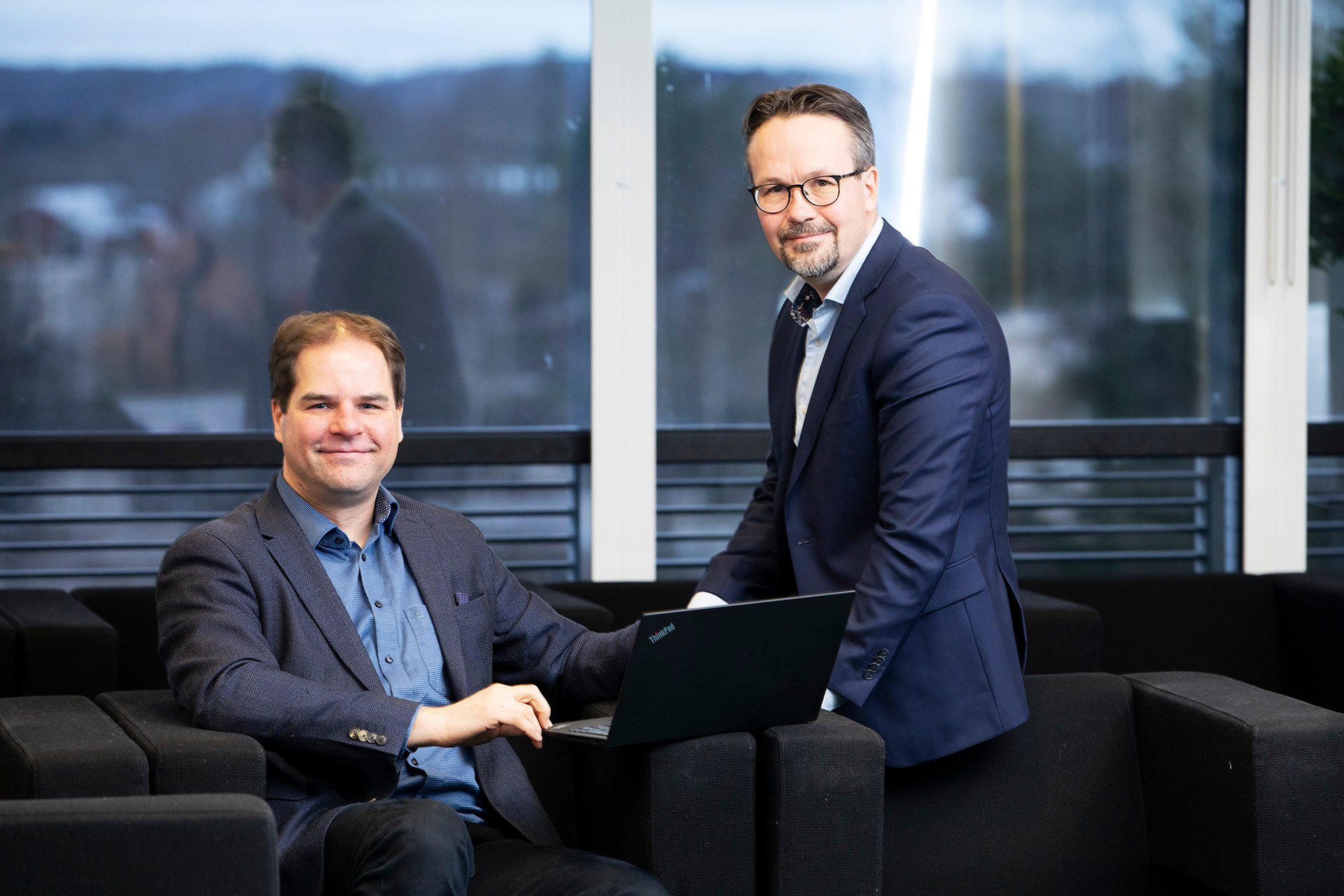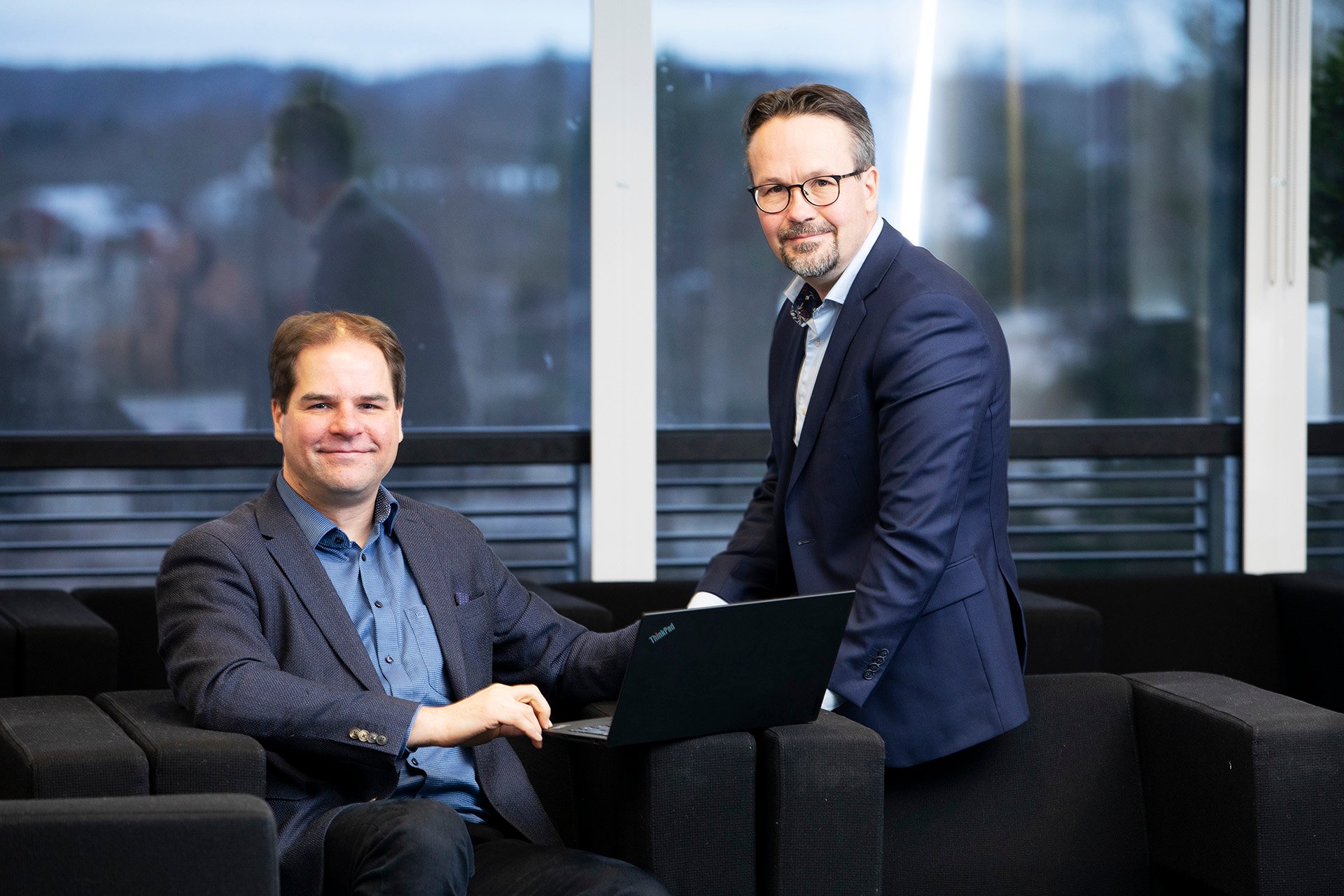A modern property produces a tremendous amount of data, but the maximum benefit from it can only be derived through comprehensive analysis.
A small box on the wall of a meeting room says a lot about the conditions of the space. Sensors inside the box measure the humidity, temperature and carbon dioxide content of the indoor air. The air conditioning is automatically adjusted based on the measured values.
The sensors can also be used to monitor the building’s other maintenance and cleaning needs. L&T has participated in the Virpa D research project that develops user and maintenance services to better correspond to the needs of the users and owners of properties.
One of the project’s pilot sites is the Salo IoT Campus, which is home to about a hundred companies, most of which operate in the field of technology. Salo IoT Campus CEO Jukka Vakula says that the Campus, which is located on premises formerly occupied by Nokia, had a good network of sensors to begin with.
“We have estimated that there were about 13,500 sensors on these premises before the project began. This number then increased further when the project started,” Vakula says.
The sensors monitor not only air quality but also the number of users. One example is the use and cleaning of the toilet facilities. Sometimes there are many users at once, but at other times there are barely any users at all. In spite of this irregularity, the cleaning used to be done at regular intervals. The toilets are now equipped with sensors to notify of the need for cleaning when a set number of visitors is exceeded.
The sensors and the service were produced by Sensoan, a technology company that is located at the Salo IoT Campus.
Better service, more satisfied customers
Antti Toivanen from L&T explains that the operating model is based L&T’s Kiito ERP system. The data produced by the system is combined with the data obtained from the property. The goal is to achieve a better service experience, more satisfied customers and more sustainable operations, with cost savings as a by-product.
“Traditionally, a lot of data has been collected on sites in the property industry, but the analysis and use of the data has not been as effective as it could have been.
All maintenance requests — even those that used to be communicated by tugging on someone’s sleeve — now go through an electronic system, which ensures that the requests and actions taken in response leave a trace. Maintenance requests are logged without fail and the response times can be monitored.
Reducing response times is one way of improving customer satisfaction. Taken further, this approach involves a complete rethinking of the service concept in a way that benefits both the customers and the service provider. Data also helps anticipate problems.
“Salo IoT Campus and the companies here have been ideal partners in developing this result-driven operating model. Technology companies have the interest and understanding you need to develop a new kind of system,” Toivanen points out.

Saving steps saves money
There are some 15–20 L&T employees stationed at the Campus, working in property maintenance, cleaning and technical services. Due to the large size of the campus area, the needs-driven planning of work saves time simply in terms of the number of steps taken.
“Cleaners and janitors don’t need to walk hundreds of metres to do a job that doesn’t need to be done at that particular time. In a large facility, saving as little as five per cent in working hours leads to significant cost savings,” Jukka Vakula says.
According to Vakula, it is fairly common that maintenance requirements are part of the planning process during construction but, when ownership of the property is transferred, the accumulated data is not necessarily transferred along with the building. Today, Salo IoT Campus collects not only sensor data but also user feedback.
The Campus has already observed what kinds of practical impacts the effective analysis of data can have.
“For example, we have been able to take faster action in response to system faults. Cleaning the meeting rooms is more flexible and efficient when the cleaners can see the actual use, and number of users, of the facilities via the online booking system,” Vakula explains.
Savings can also be achieved by adjusting the output of air conditioning systems based on the actual needs, for example. The flexible and real-time maintenance of the meeting rooms enables their more efficient use: previously, the 25 meeting rooms were reserved for maintenance for one hour in connection with each booking.
Salo IoT Campus and L&T will continue to work together on service development.
“We are now in the process of creating the specifications for a scalable system. That will make it possible to take advantage of the lessons learned in Salo at other sites,” Toivanen concludes.

